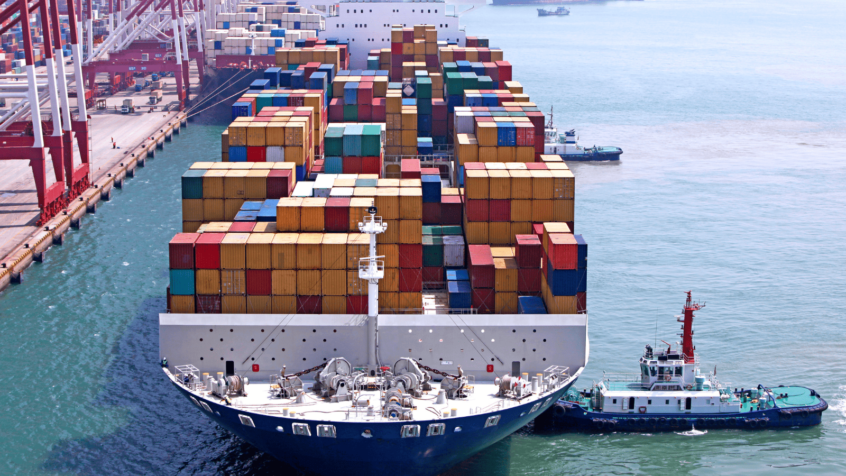The most popular strategies in the global ocean logistics industry for 2022 are to avoid the spot market, go for diverse sourcing, and hold more inventories. This was revealed in the recent survey carried out by Container xChange, with more than 800 logistics players as participants worldwide.
One of the biggest challenges the current peak season has left is to secure space on container ships for next year. 71% of respondents said they have to rethink their strategies for 2022 and seek more sourcing options, while they try to hold more inventory.
“The top challenge for the industry remains to find spots on vessels and surcharges by carriers. One-way leasing emerged as the most sought-after alternative compared to getting equipment from the carriers” the report said.
Also, the survey exposes that for 53% of respondents, finding slots on vessels is their biggest concern for businesses, followed by carrier surcharges, at 22%, and labor shortages, at 19%.
On the other hand, 75% of the participants said that Covid 19 impacted their business, another 54% said the pandemic brought lower profits. For that reason, the Omicron variant increases worry about more supply chain disruptions, in consequence of port closures, lockdowns, and more.
Nevertheless, Christian Roeloffs, co-founder and joint CEO of Container xChange, is more optimistic and suggests a return to some normalization. “With disruptions such as labor union conflicts at U.S. ports easing up, we will also see the capacity challenge improving. However, the “return to normal” seems to be coming earlier than many of us first anticipated – and it might be as early as the second half of 2022.”, he said.
In addition, according to 64% of the respondents, the biggest winner of the global supply chain crisis was the container lines, which exponentially increased their profits during 2021. For that reason, Johannes Schlingmeier, also co-founder and CEO of Container xChange suggested that those profits should be invested in more container capacity, landside infrastructure, inland transport, and building more resilience for the logistics industry.

